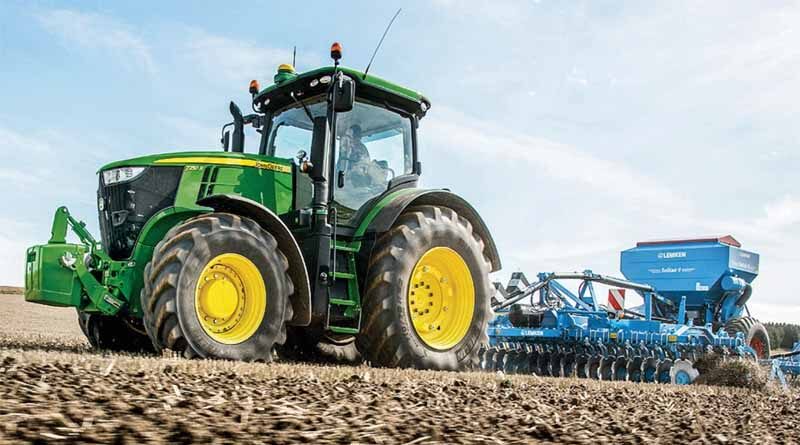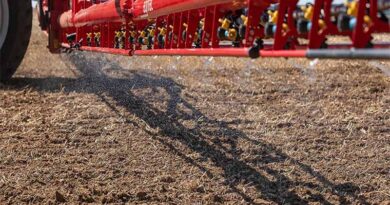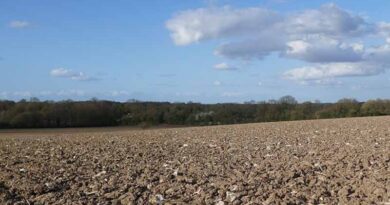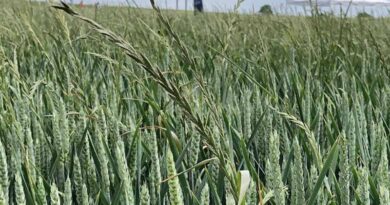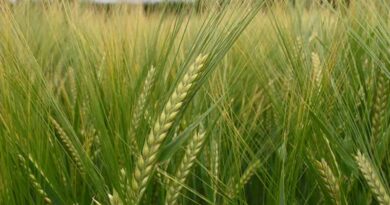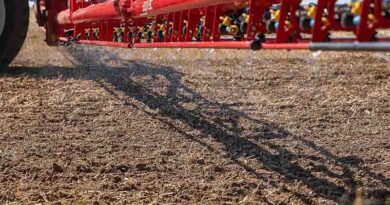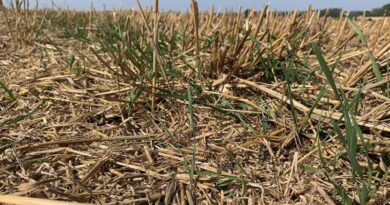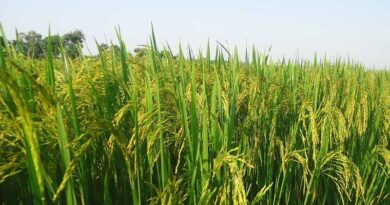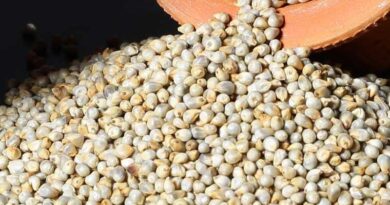Seedbed preparation for ryegrass control
20 July 2021, UK: Seedbed conditions will have a significant effect on performance of all pre-emergence herbicide applications, reports Syngenta application specialist. Harry Fordham.
Also Read: The genome of a Salt-secreting Mangrove Species Decoded by DBT-ILS
Clods make it more difficult to create the complete surface barrier of herbicide to control emerging susceptible grass weeds. However, if soil conditions make it difficult to prepare the perfect seedbed at the optimum establishment timing, there are still some tricks and tips to get the best possible results in the situation, he advises.

Firm up: Where possible, rolling after drilling can help to create a more consistent surface for application, as well as pressing seed to a consistent depth below the treatment zone. Conserving soil moisture will also help to improve performance of the pre-emergence herbicide in a dry season.
Angle spray: Angled spray nozzles have consistently proven to give better coverage on cloddy seedbed surfaces – to effectively counter the forward movement of the sprayer and coat all around the clod. The Syngenta 3D ninety has been designed with a 55⁰ angle specifically to optimise this effect.

Fitting nozzles to alternate the spray angle forwards and backwards along the boom further enhances results – except the boom section directly behind the machine, where all nozzles may need to be pointed backwards to avoid hitting wheels or guards on the sprayer.
Click here for more information on the 3D ninety nozzle
Raise water volume: Syngenta application research has shown pre-emergence herbicide application at a water volume of 200 l/ha will optimise weed control. In less ideal seedbed conditions that’s even more important as a minimum to achieve desired consistent coverage.
Furthermore, operating at a slower forward speed, typically 10-12 km/hr, enables application of a higher water volume using a smaller orifice nozzle, which could help increase coverage in more cloddy conditions. Reducing speed further cuts the risk of drift and ensures more stable boom height – especially in difficult seedbed conditions.

